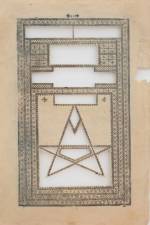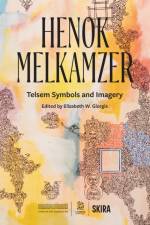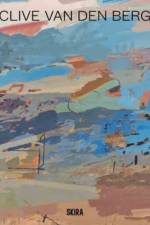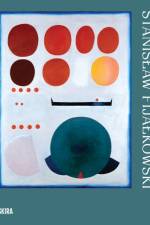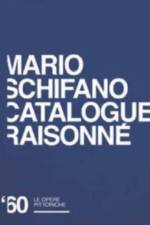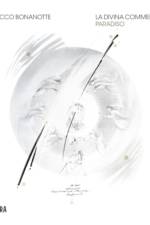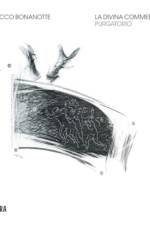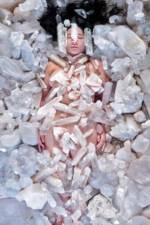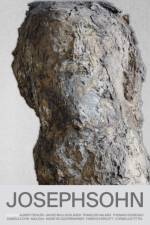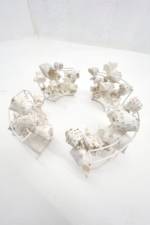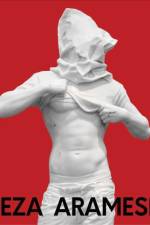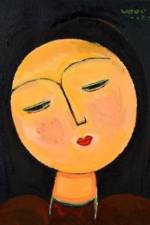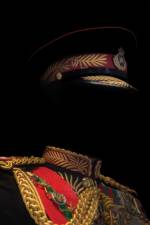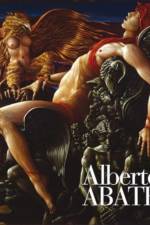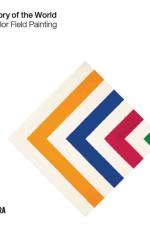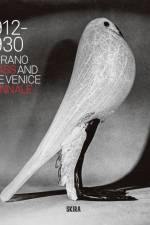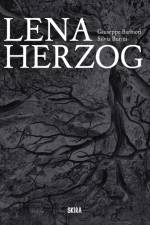597
The evocative artistic practice of Clive van den Berg, whose work weaves together themes of landscape, absence, and echoesClive van den Berg (b. 1956, Zambia) - artist, curator, designer, writer and activist - has been working across mediums throughout the course of his prolific career, producing a range of works unified by his enduring focus on five interrelated themes: memory, light, landscape, desire, and the body. Embodied in his lush paintings, mixed-media sculptures, delicate prints, films, and public projects, these themes are bound up with the history of his native South Africa and its ongoing ramifications. He has marked sites affected by Apartheid with human figures formed out of fire, and often depicts the body itself as a landscape, bearing the marks of AIDS. For van den Berg, both the body and the landscape are sites that carry memories and scars and that evoke desires, which he aims to reveal in his work, often through the illuminating power of light. As a visual artist he is interested in both formal beauty and conceptual depth. His extensive body of work ranges in size and format, and includes paintings, prints, multi-media sculpture, landscape installation, and videography. His art is both known and respected Internationally, being included in many public and private collections, and his work has garnered him several major awards and prizes. Clive van den Berg lives and works in Johannesburg, South Africa.

